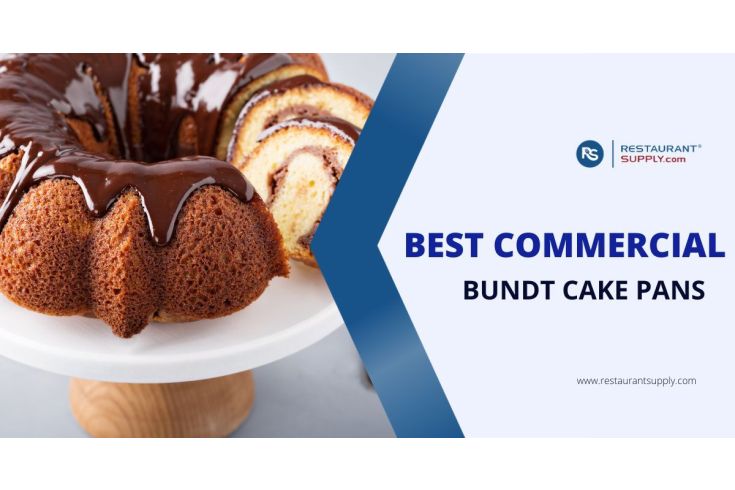A Bundt cake pan is a distinctively shaped baking tool, characterized by its round, fluted sides, which give finished cakes a unique, ridged shape. In commercial settings, these pans are essential for creating the classic Bundt cake, a popular item in bakeries, cafes, and catering businesses. The primary feature of these pans is their durability and non-stick properties, ensuring easy release of cakes and consistent baking results. Commercial Bundt cake pans often come in various sizes and materials to accommodate different baking needs and volume demands.
High-Demand Materials for Commercial Bundt Cake PansThe choice of material for Bundt cake pans significantly impacts their performance in a commercial kitchen. The most popular materials include aluminum, silicone, and non-stick-coated metal. Aluminum pans are prized for their even heat distribution, leading to uniformly baked cakes. Silicone pans offer flexibility and a non-stick surface, making cake release effortless. Non-stick coated metal pans combine the best features of both, providing easy release and even baking.
Aluminum Bundt cake pans are known for their excellent heat conductivity, which ensures even baking. This is crucial in a commercial setting where consistency is key. Their robust construction also makes them durable for high-volume baking. Silicone pans are flexible, making them ideal for intricate Bundt designs. They can withstand a range of temperatures and are easy to clean, which is essential in a fast-paced commercial environment. These pans combine the durability of metal with the convenience of a non-stick surface. They're a popular choice in commercial kitchens due to their longevity and ease of maintenance. |
Popular Sizes and Shapes for Commercial Bundt Cake PansIn commercial baking, having a variety of sizes and shapes of Bundt cake pans can cater to different customer preferences and occasions. Standard sizes range from small, individual-serving pans to larger pans suitable for group servings. Shapes can vary from the classic round with fluted edges to more creative designs like flowers or spirals. Essential Accessories for Commercial Bundt Cake PansTo enhance the functionality and versatility of Bundt cake pans in a commercial setting, several accessories are commonly used. These include cooling racks, cake testers, and pan protectors.
Cooling racks are crucial for preventing sogginess by allowing air to circulate the freshly baked cake. They ensure that cakes cool uniformly, maintaining their shape and texture. Cake testers are a simple yet essential tool for checking the doneness of cakes. In a commercial environment, where precision is key, they help ensure consistent quality. Pan protectors help maintain the longevity and quality of Bundt cake pans, especially important in high-use commercial settings. They prevent scratches and damage during storage. |
Top Bundt Cake Pan ProductsBundt cake pans are essential bakeware in both home and commercial kitchens, particularly in settings like bakeries, catering businesses, and restaurants that offer baked goods. The best Bundt cake pans are characterized by their unique ring shape, which is not only aesthetically pleasing but also functional, as it allows for more even baking. When selecting top products for commercial use, factors such as material quality, non-stick properties, durability, and heat distribution capabilities are paramount. Aluminum and non-stick coated pans are often preferred for their heat conductivity and ease of cake release. For commercial settings, it's also important to consider the pan size and shape variety, as this can affect the presentation and portion sizes of the cakes. Durability is a key consideration too, as commercial kitchens require bakeware that can withstand frequent use.
|
Bundt Cake Pan FAQA Bundt cake pan is a distinctively shaped baking tool, known for its fluted or grooved sides and central tube which helps in even baking. Originating from Europe, this type of pan is especially popular for making dense cakes like pound cake or coffee cake. Its unique design not only contributes to the aesthetic appeal of the cake but also improves its cooking properties, ensuring a consistent bake throughout.
|






